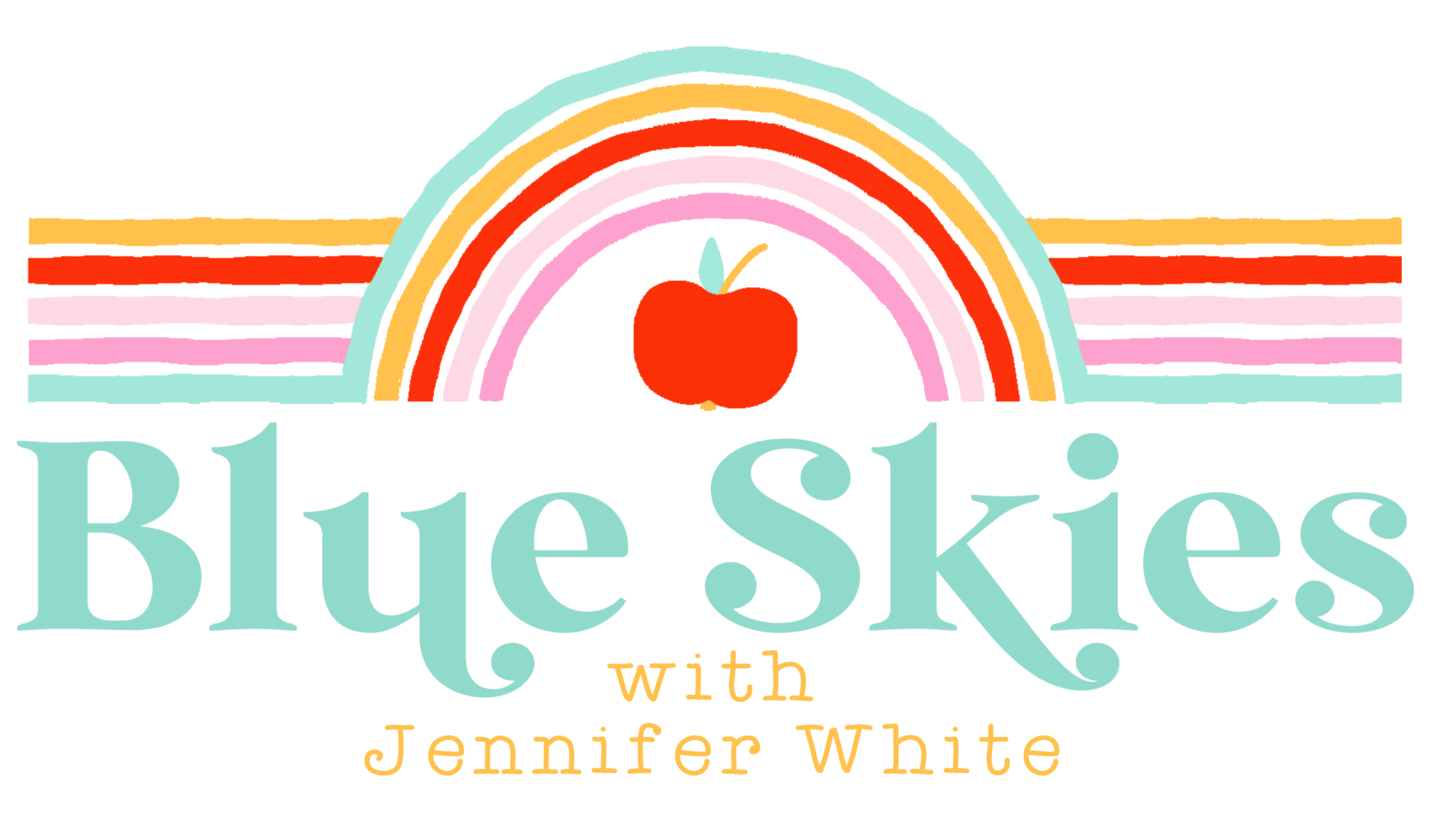Graphic Organizers for Reading Comprehension
We cannot forget our ultimate goal is to cultivate a LOVE of reading! The popularity of SOR right now can’t allow us to forget that. But how? Reading to our students is how we do this. I created Graphic Organizers for Reading Comprehension in order to make our lives easier. I can document that I’ve taught the standards and at what level students have mastered the standard. FIND THEM ALL HERE!


The Graphic Organizers for Reading Comprehension have two versions, one for kindergarten and one for first grade. There is at least one page for every standard in the Reading Literature and Informational Text Strands. Many standards have more than one page or have half pages to cut back on copying. I have added pages for other basic comprehension strategies I use daily in my classroom as well.




What is a think aloud?

In a read aloud the teacher is doing the word decoding work and the students are asked to do the thinking part. Firstly, research has demonstrated that the most effective read-alouds are those where children are actively involved in asking and answering questions and making predictions, rather than passively listening. Talking, writing, and/or drawing in response to reading gives kids an opportunity to make their thinking visible. But we have to ask questions that lead to a deeper understanding of the text. We make our thinking audible, and children “hear” the internal process. My new Graphic Organizers for Reading Comprehension aid in that process. Want to read more? My website has another post for these graphic organizers.

Should we re-read books?
I’ve learned that repeated reading of the same picture book builds vocabulary and creates more permanent learning. Help your students “dig deeper” by setting a specific purpose for re-reading. In addition to reading, retelling is crucial to understanding. We retell in order to increase story understanding and monitor comprehension. Start by using props or dramatizations. As a whole class, we put the events in order. Then students partner-talk and retell the events in the story. Eventually, this lays a foundation to understand beginning, middle, and end. The Graphic Organizers for Reading Comprehension will make your life easier. Find them HERE on TPT!








